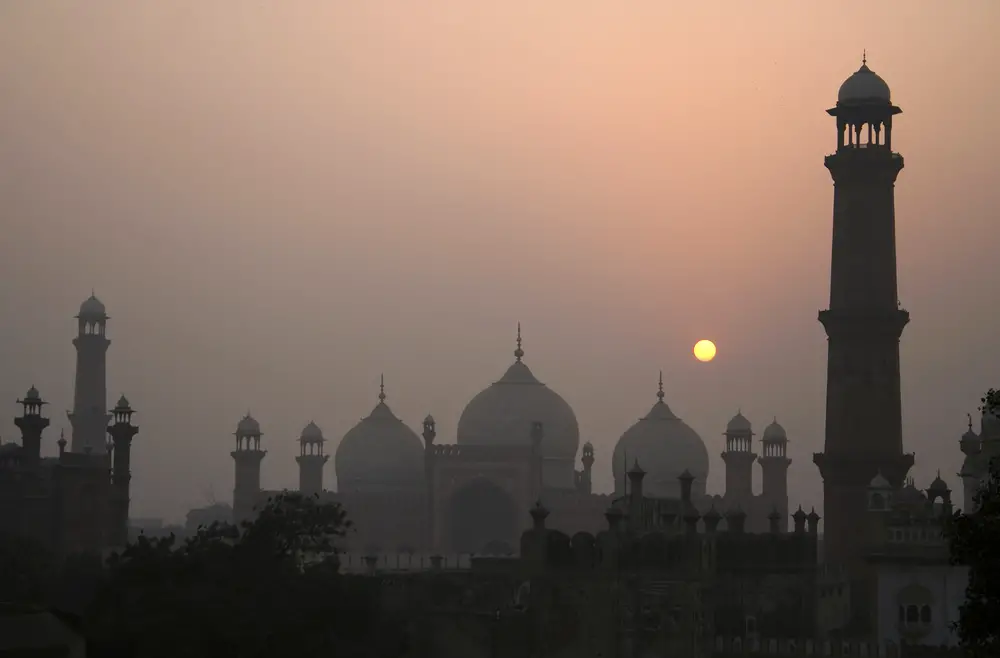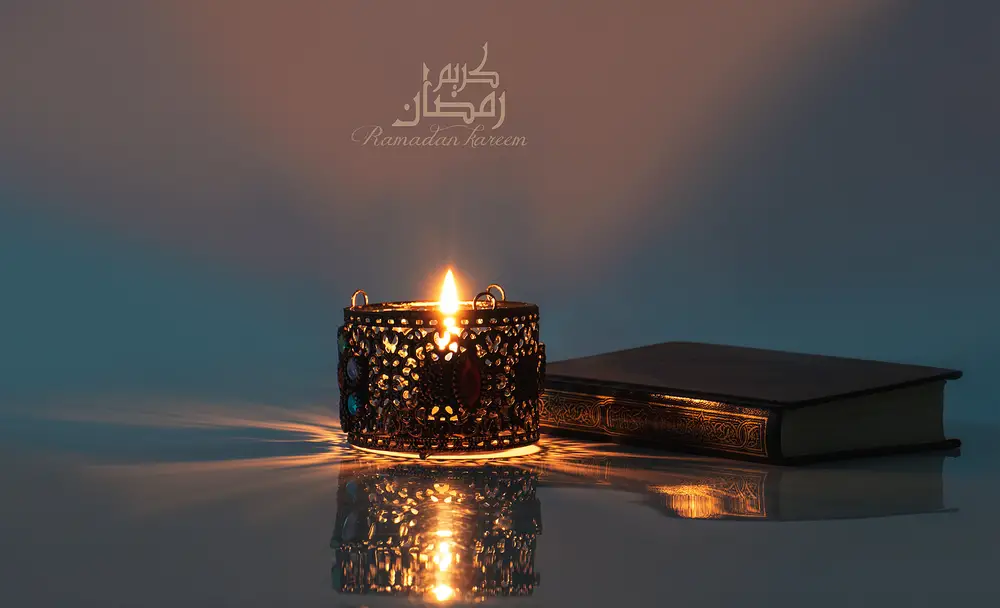It is currently the most spiritual month for Muslims all over the world. Ramadan is a time for Muslims to strengthen their relationship with Allah, which means abstaining from eating during daylight hours, smoking and drinking. But what does this mean for those travelling to the Middle East during Ramadan?
Out of respect, tourists and non-Muslims are expected to observe the fast while in public. However, international hotels will have at least one restaurant set aside where travellers can eat during daylight hours. The designated areas are often curtained off or located behind closed doors, this way those who dine will not offend those who fast.
There are so many wonderful places to travel in the Middle East, from Oman to the UAE, to Saudi Arabia. I've travelled several Arabic countries during Ramadan so here is some advice and what to expect for anyone travelling through or visiting the Middle East during Ramadan.

Respect local traditions
The month of Ramadan is taken very seriously, so it is very important to be respectful of the local customers and traditions. Muslims do not expect non-Muslims to fast, however, it is courtesy to not eat, drink or smoke in public places during the daytime.
Dress conservatively
Ramadan is a highly religious month and it is expected to cover up with clothes, especially woman. Try and stick to tops that cover your arms up to your elbow and loose trousers that fall to your ankles. It is also recommended to have a shawl handy to cover yourself when necessary; there may be places you feel more inclined to cover up than others.
Enjoy the nights
During Ramadan, the nights are the real days. Mosques are open in the evening for night prayers and tourists are welcome to join in with the night prayers. You can stand, sit or prostate when the Imam recites passages of the Quran. After this, many shops and cafes open for business again and the city comes to life.
Accept Iftar invitations
The fast-breaking meal after sunset is called Iftar and it is a shared ritual and a joyous time to enjoy a big dinner with gathered friends and family while listening to the Quran, chat, sing and tell stories. It is not uncommon for Muslims to invite respectful tourists to their Iftar and it is an opportunity to taste the unique flavours of Ramadan dishes, a great authentic experience.
Enjoy the advantages
Ramadan is actually a very good time to travel. The streets and tourist places are much less crowded and not as busy as usual. During Ramadan, hotel prices tend to be at their lowest, but they do rise back up again during Eid-ul-adha. The flight deals during this holy month are also usually lower and can save you a great deal.
Soak up the atmosphere
You will see beautiful coloured lanterns and pretty lights in houses, mosques, shopping malls and city streets all over the Middle East during this time. Restaurants are decorated with a range of stunning décor and will provide folkloric events and music. Enjoy the festival atmosphere and join in the celebrations, especially during Eid-ul-adha 2017, when the fast comes to an end.
Be prepared and informed
Make sure you know the local opening times of shops and restaurants in the place you are visiting. Many supermarkets and shopping malls will operate on regular hours but will close earlier before sunset for a time of Iftar and the reopen after Iftar until late at night. It is not uncommon for local restaurants to stay closed all day until sunset. The first call to prayer will often be sounded with a loud siren early hours of the morning, so earplugs are useful.
Don’t panic!
Don’t worry, as a tourist, you can buy and consume food, drink and even alcohol in major hotels, tourist restaurants and western cafes during the daytime. Government offices, banks and tourists attractions are open (although some close earlier before sunset to allow staff to go home for Iftar). People in the Middle East still maintain high spirits during Ramadan, despite being hungry, thirsty and tired.




Great idea to post on traveling during Ramadan. It was good advice and also fascinating.